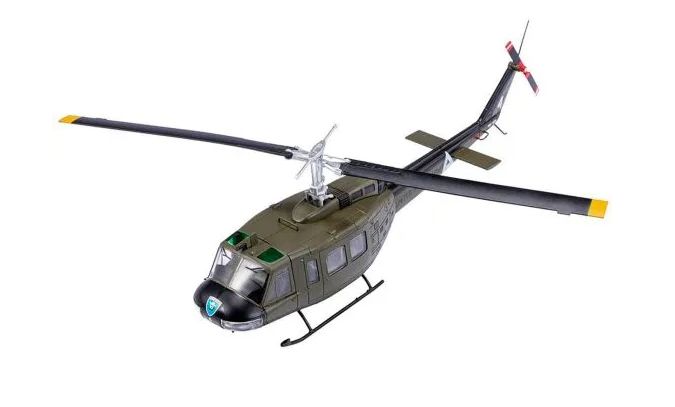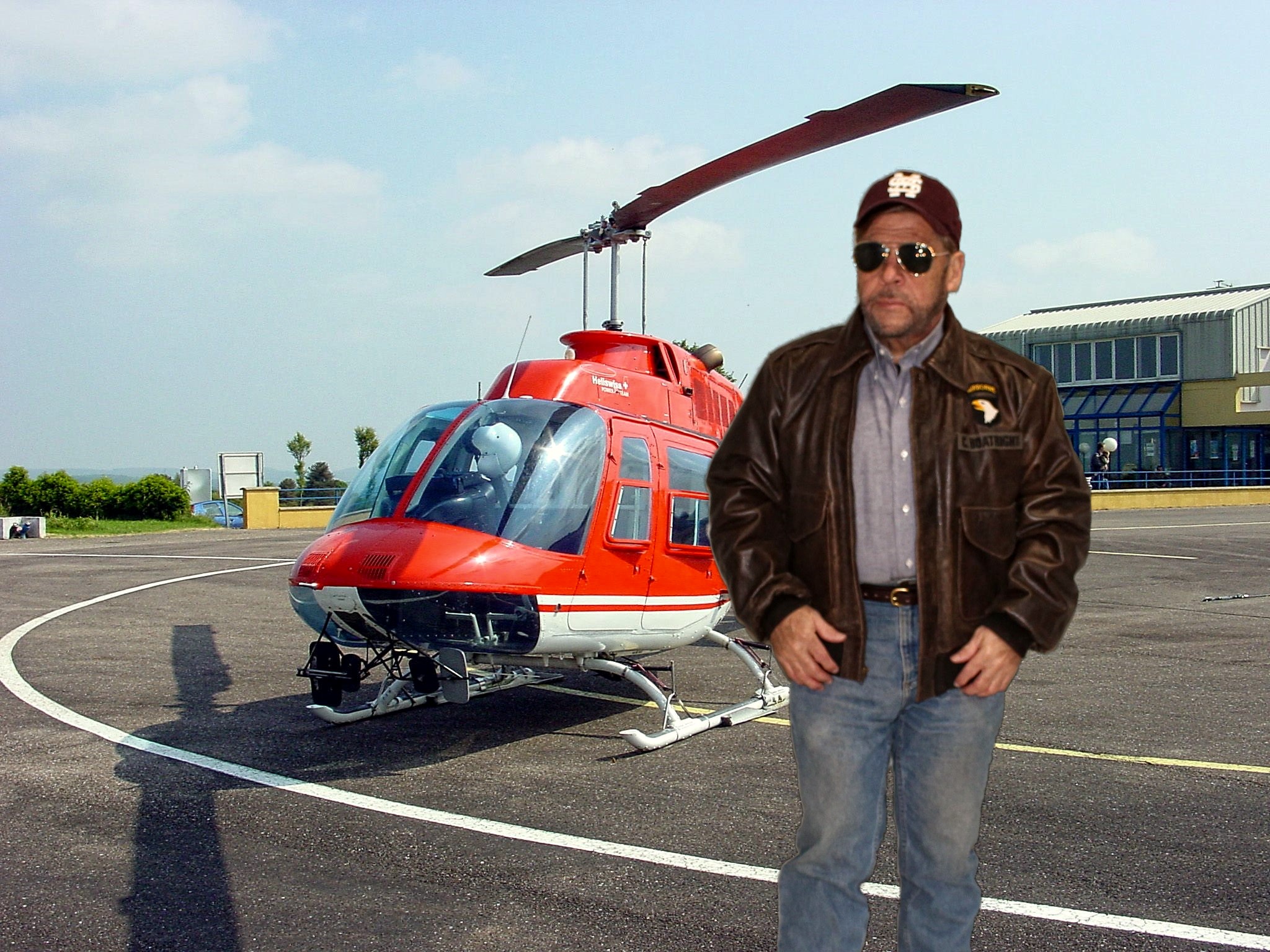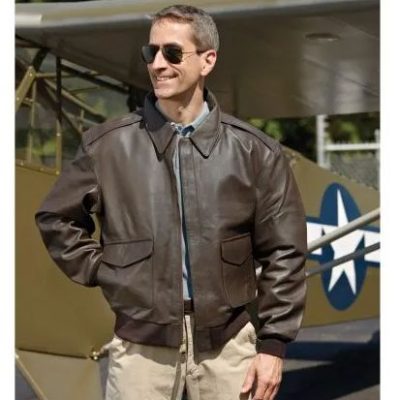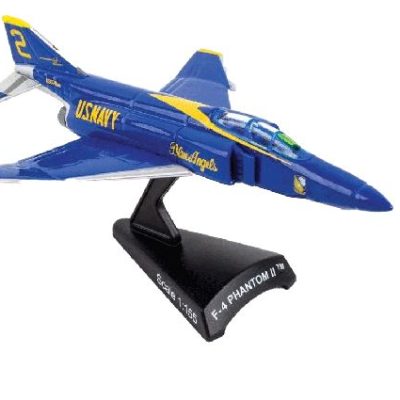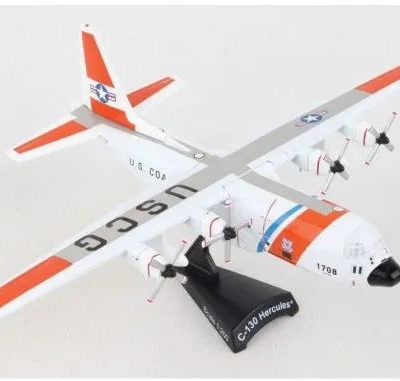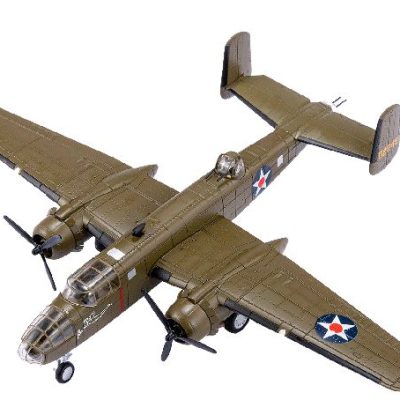Description
UH-1 Huey “Outlaws” 1967 Die-Cast Model
Type of Aircraft: United States Army, Navy, Marines, and Air Force first for troop deployment and as a new medical evacuation and utility helicopter. conducting general support, air assault, cargo transport, aero-medical evacuation, search and rescue called Dusters, electronic warfare, and ground attack missions as a gun ship with rocket pods mounts to the skids.
Nation/Service of Origin: United States
Period Operation: Vietnam War, the first examples being deployed in March 1962. Also for the Rhodesian Bush War, Falklands War, War in Afghanistan, and the 2007 Lebanon conflict.
Civilian Use: The Bell 204 and 205 are Iroquois versions developed for the civilian market. In response to demands from some customers, a twin-engined model, the UH-1N Twin Huey. I used it in my 33- years of working with an utility performing aerial patrols in a 206(D) Bell Jet Ranger.
Produced: From: 1956 to 1987 but introduced in 1961 .
Manufacturer: American aerospace company Bell Helicopter
Historical Data of Aircraft:
From Wikipedia, the free encyclopedia
The Bell UH-1 Iroquois (nicknamed “Huey“) is a utility military helicopter designed and produced by the American aerospace company Bell Helicopter. It is the first member of the prolific Huey family, as well as the first turbine-powered helicopter in service with the United States military.
Development of the Iroquois started in the early 1950s, a major impetus being a requirement issued by the United States Army for a new medical evacuation and utility helicopter. The Bell 204, first flown on 20 October 1956, was warmly received, particularly for the performance of its single turboshaft engine over piston engine-powered counterparts. An initial production contract for 100 HU-1As was issued in March 1960. In response to criticisms over the rotorcraft’s power,
Bell quickly developed multiple models furnished with more powerful engines; in comparison to the prototype’s Lycoming YT53-L-1 (LTC1B-1) engine, producing 700 shp (520 kW), by 1966, the Lycoming T53-L-13, capable of 1,400 shp (1,000 kW), was being installed on some models. A stretched version of the Iroquois, first flown during August 1961, was also produced in response to Army demands for a version than could accommodate more troops. Further modifications would include the use of all-aluminum construction, the adoption of a rotor brake, and alternative power plants.
The Iroquois was first used in combat operations during the Vietnam War, the first examples being deployed in March 1962. It was used for various purposes, conducting general support, air assault, cargo transport, aeromedical evacuation, search and rescue, electronic warfare, and ground attack missions. Armed Iroquois gunships carried a variety of weapons, including rockets, grenade launchers, and machine guns, and were often modified in the field to suit specific operations.
The United States Air Force deployed its Iroquois to Vietnam, using them to conduct reconnaissance operations, psychological warfare, and other support roles. Other nations’ armed air services, such as the Royal Australian Air Force, also dispatched their own Iroquois to Vietnam. In total, around 7,000 Iroquois were deployed in the Vietnam theatre, over 3,300 of which were believed to be destroyed. Various other conflicts have seen combat deployments of the Iroquois, such as the Rhodesian Bush War, Falklands War, War in Afghanistan, and the 2007 Lebanon conflict.
The Iroquois was originally designated HU-1, hence the Huey nickname, which has remained in common use, despite the official redesignation to UH-1 in 1962[ Various derivatives and developments of the Iroquois were produced. A dedicated attack helicopter, the Bell AH-1 Cobra, was derived from the UH-1, and retained a high degree of commonality. The Bell 204 and 205 are Iroquois versions developed for the civilian market.
In response to demands from some customers, a twin-engined model, the UH-1N Twin Huey, was also developed during the late 1960s; a four-bladed derivative, the Bell UH-1Y Venom, was also developed during the early twenty-first century. In US Army service, the Iroquois was gradually phased out following the introduction of the Sikorsky UH-60 Black Hawk and the Eurocopter UH-72 Lakota, although hundreds were still in use more than 50 years following the type’s introduction. In excess of 16,000 Iroquois have been built since 1960.

